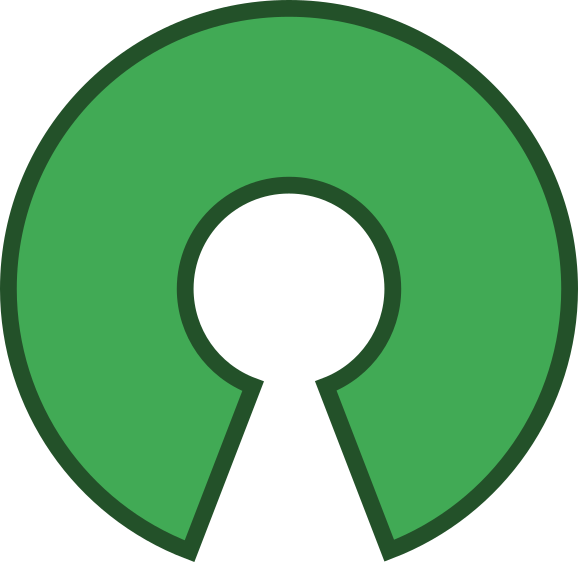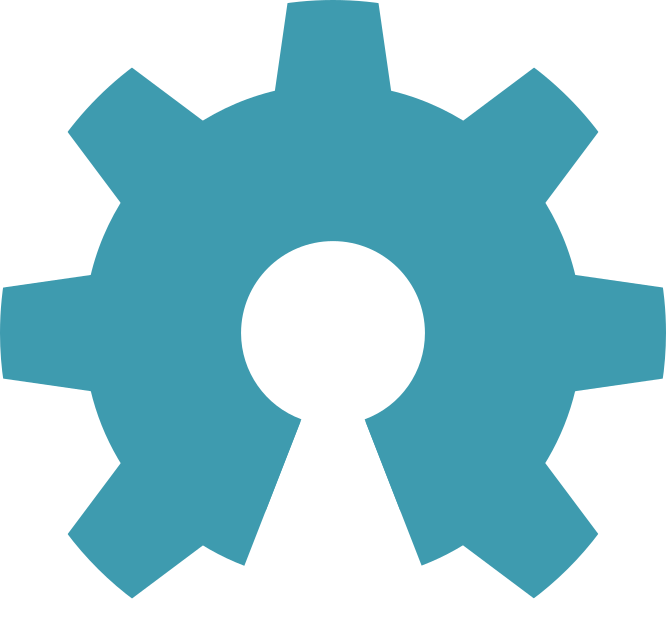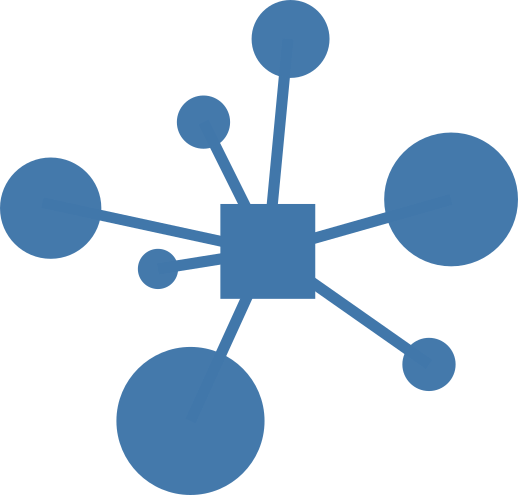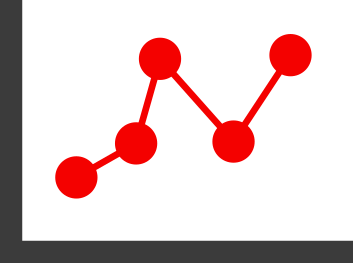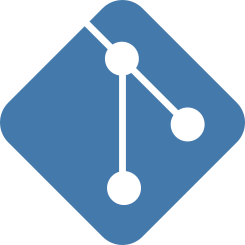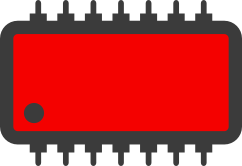News
On-going projects
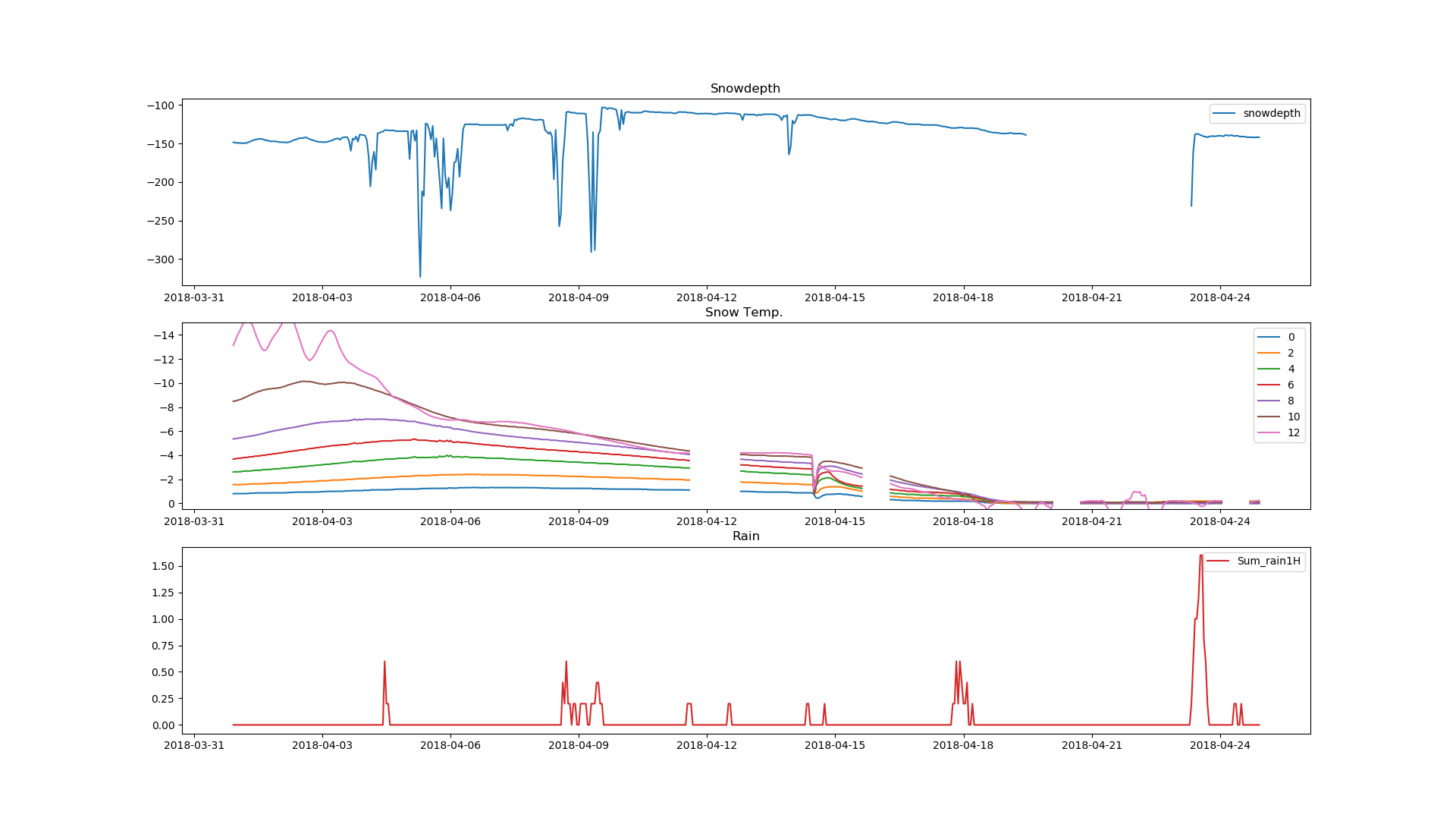
Temperature profile
Measuring temperature profile in snow, water, and ground. Using digital thermistors, we built chains of sensors that are able to provide temperature at predefined time interval. One is installed in Finse to measure snow temperature gradient and study its impact on snow metamorphism, and another one is keeping track of permafrost temperatures in Jotunheimen mountains.
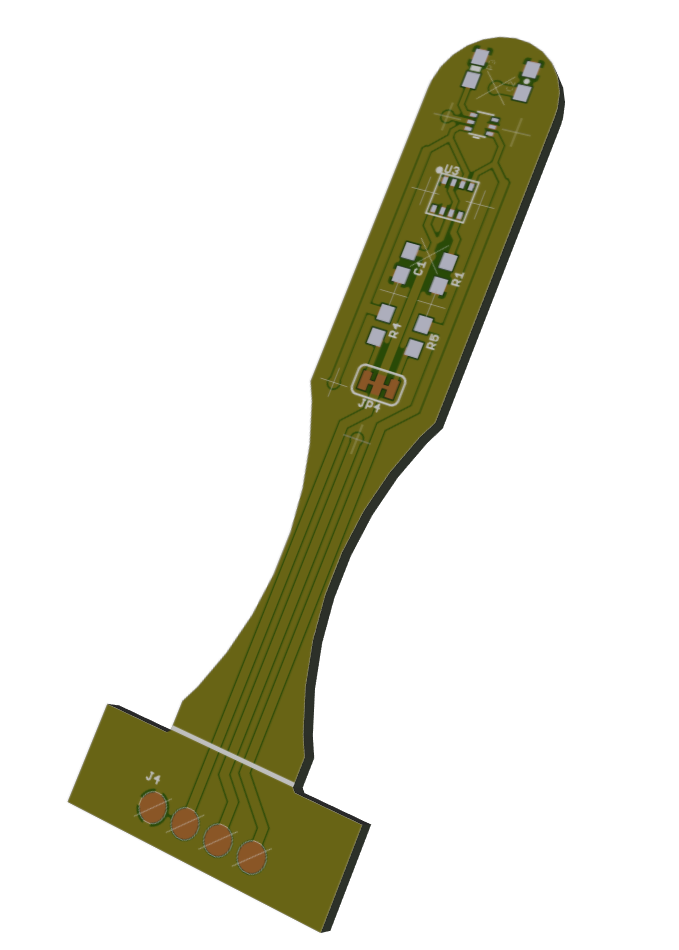
Sensing from a drone
Small and low power sensor can be mounted on a small consummer grade drone to collect data on the boundary layer such as Methane, air temperature. Here you see the example from such system highlighting a typical atmospheric temperature inversion of the air column.
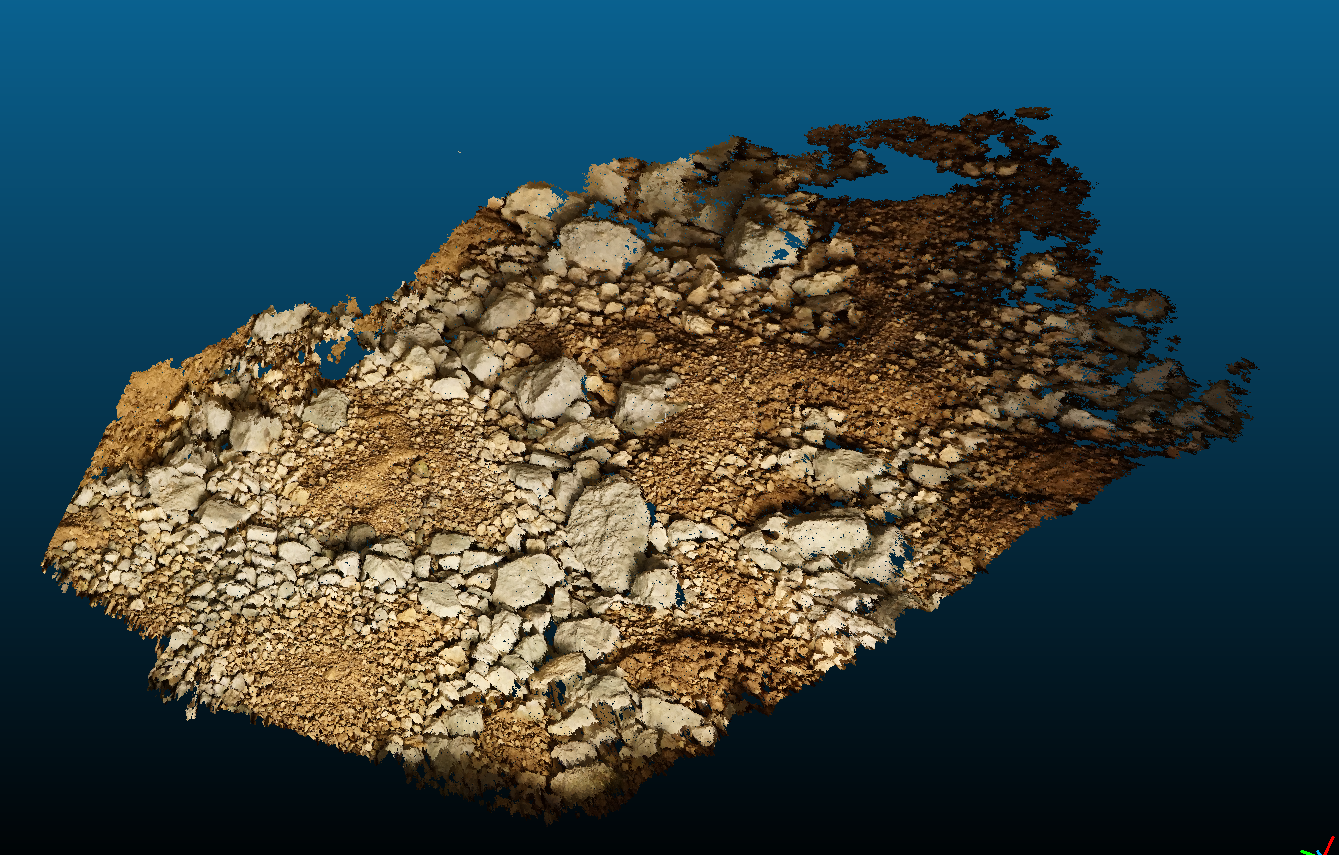
4D Time-lapse
Taking pictures froma variety of viewpoints, it is possible to reconstruct 3D models using photogrammetric softwares like the open-source project Micmac. We built a custom-made camera system and Python application Photo4D to monitor snow depth or permafrost ground deformation in Slovenian caves.

Compact weather station
With today's advances in small and low power sensor, it becomes either to build compact and low power weather stations. In this project, we are testing a suite of new sensors providing detailed information on atmospheric and radiative conditions, and the evolution of the snow pack. This suite of sensors is also cost effective.
